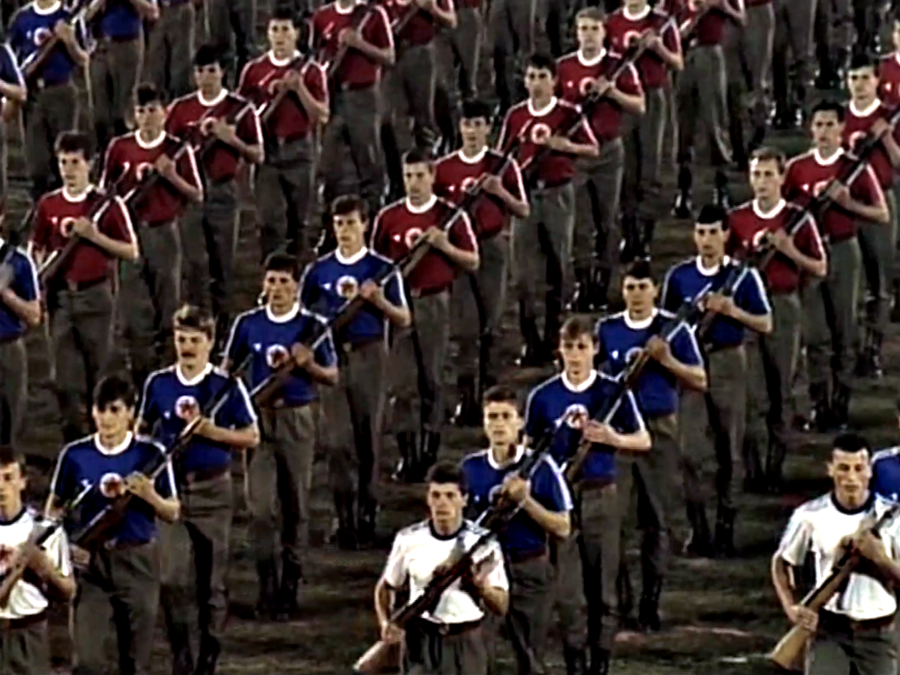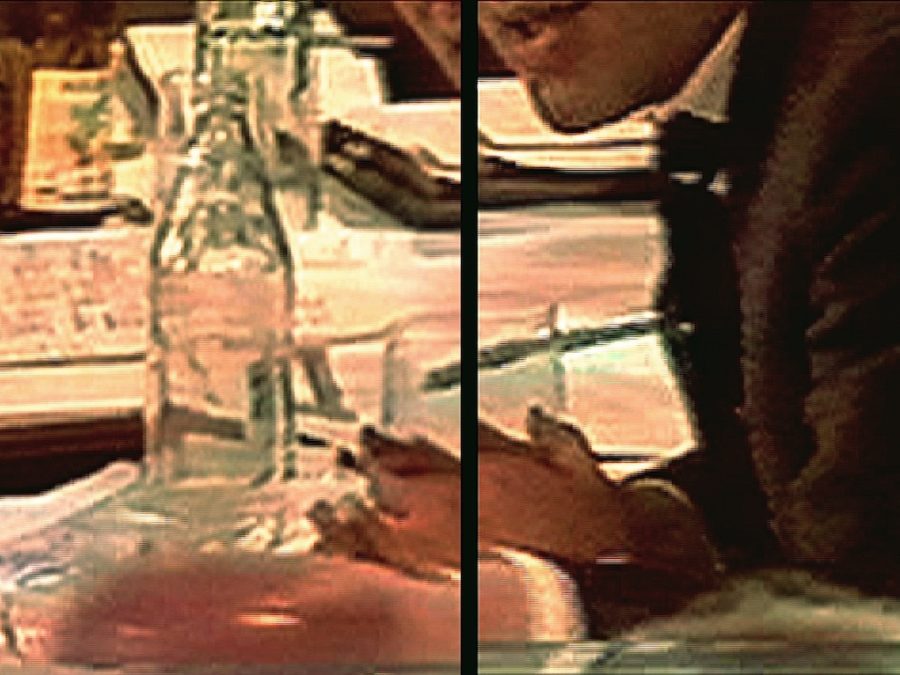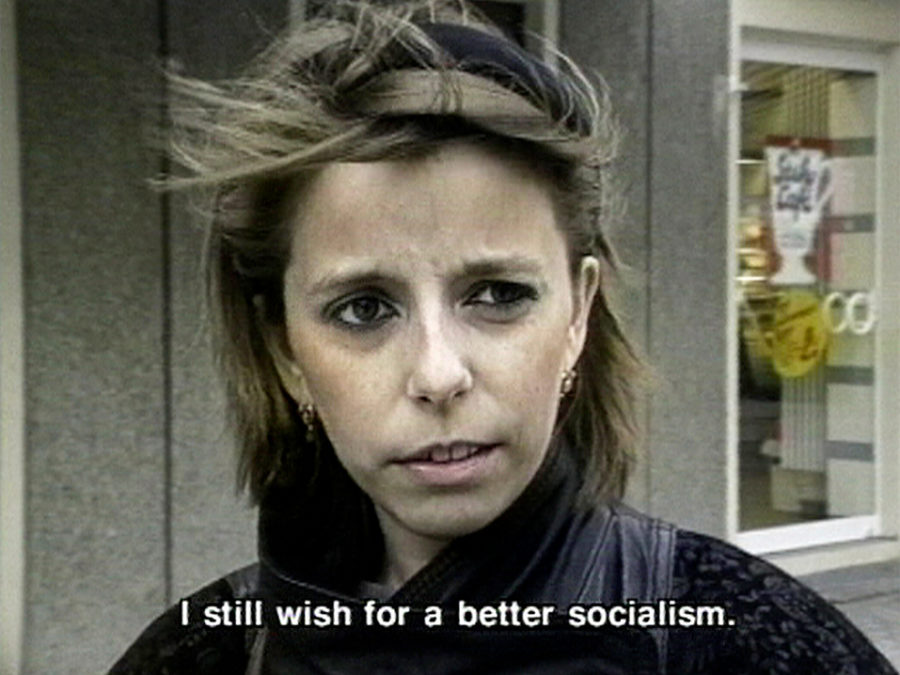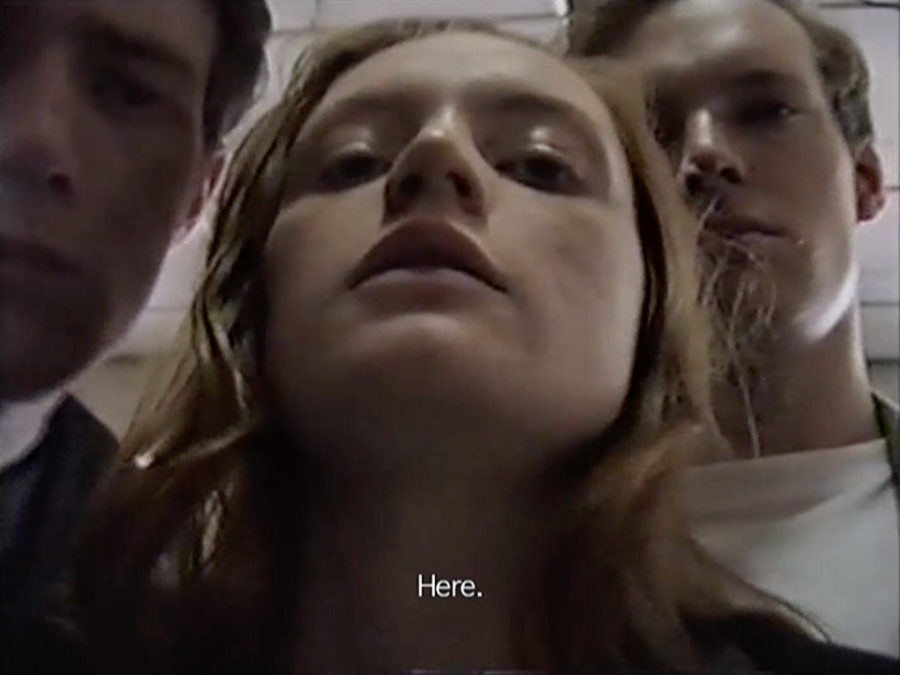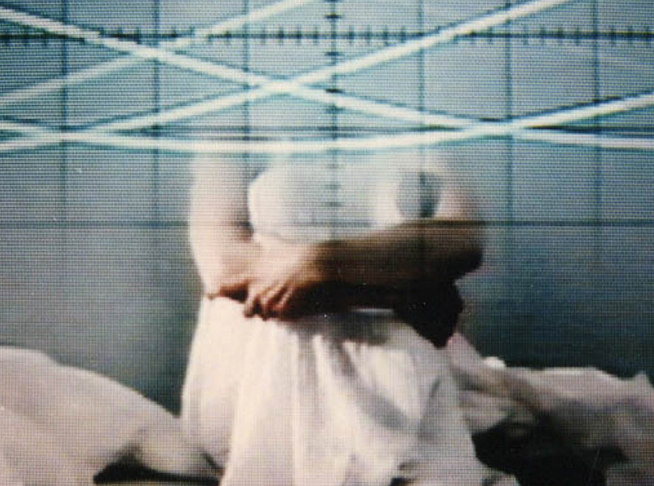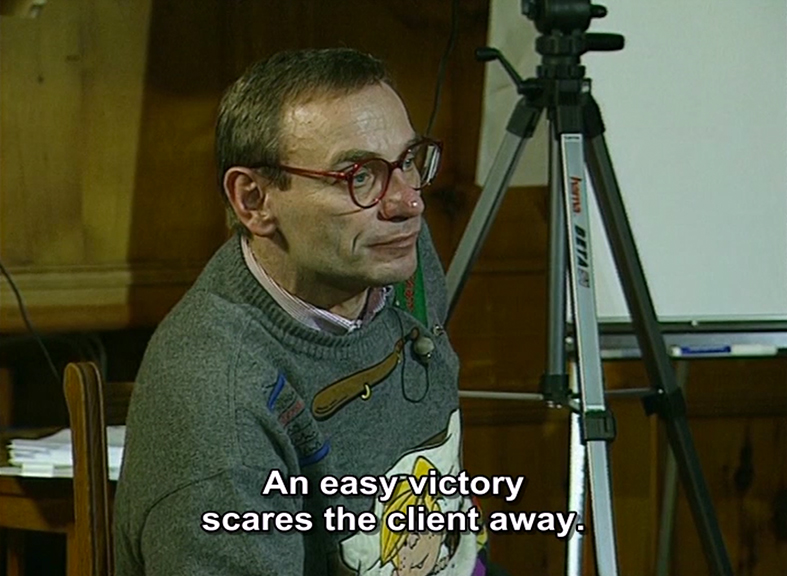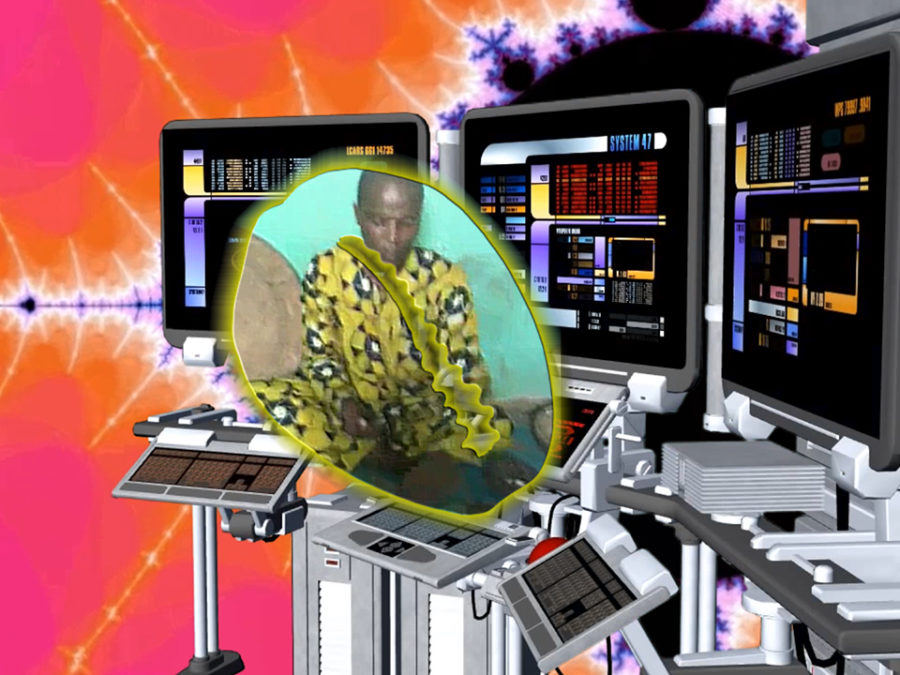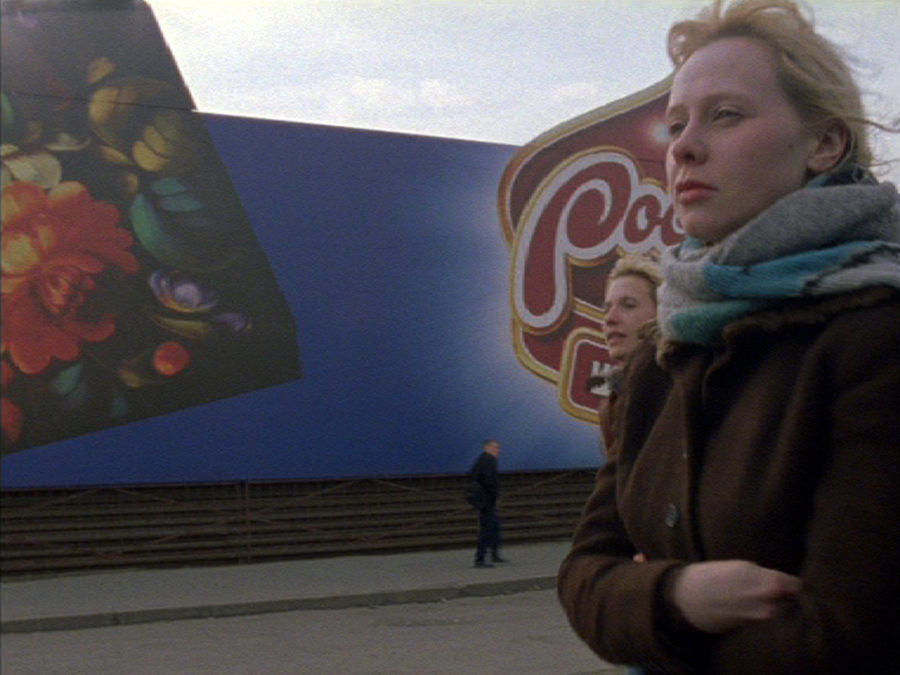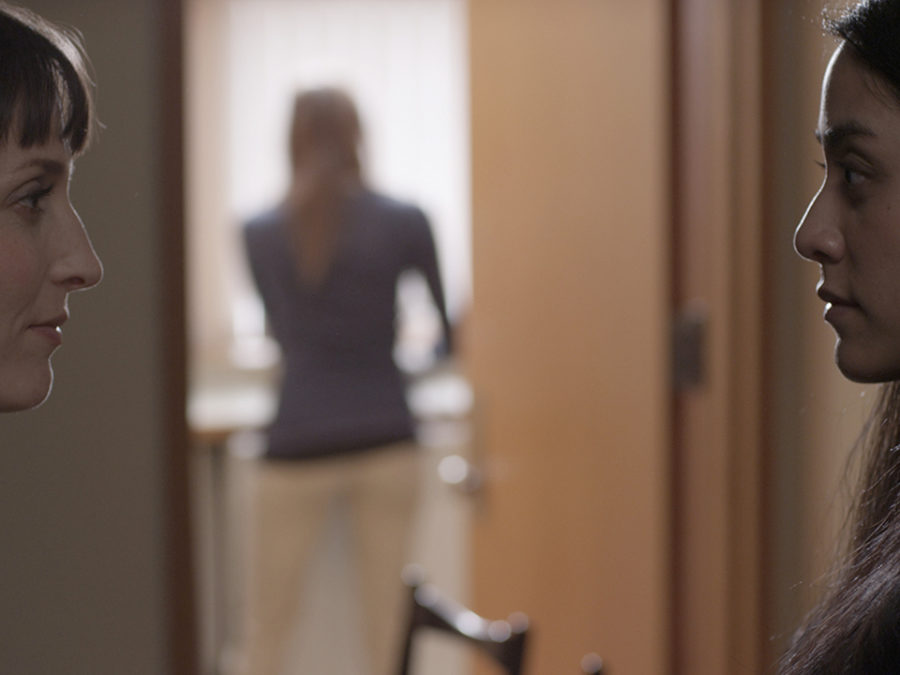She witnessed the pollution of history. Her body, a battlefield of depraved privacy, loneliness, and terror, succumbed to the inevitable.
Lynn Hershman Leeson, Seduction of a Cyborg, 1994
Against the backdrop of post-socialist transformation, this screening chapter looks at the body politic as a collective, a singular unit, a web of relations, or as part of a staged “social choreography.” In juxtaposition are images of bodies: as organless, cerebral networks in the cognitive-capitalist functional mode and as sites of textual, discursive, and technological inscription and ideological impression. In the selected works, the body travels through the history of the last four decades as a knowledge carrier and as (post-)human hardware.
From mass-choreographed Yugoslav state rituals (Marta Popivoda and Ana Vujanović) through complications around the democratic formation of political will in the moment of revolutionary change (Elske Rosenfeld) to the Berlin street interviews of Shelly Silver, the years before and after the temporal threshold of 1989 are full of dissonances and contradictions. This first part of the chapter is dedicated to the years of systems change, where the goals and agendas that the civil rights movements had lined up in 1989–1991 had to give way to the bitter truths of real capitalism.
The relational and affective aspects of personal and political youth experiences of this period stand at the center of Henrike Naumann’s work, which portrays the members of the right-wing terrorist organization NSU (National Socialist Underground) in their youth in Jena in 1992. Meanwhile, Lene Markusen renders atmospheric images of a morbid urban landscape marked by decay in the post-Soviet era.
The ideological flavor of “catching up on modernization,” as the liberal faction of 1990s transformation researchers defined sociopolitical developments, forms the background to Harun Farocki’s documentary film Die Umschulung (eng. Retraining, 1994). In the series, The Common Sense (2014) by Melanie Gilligan, total control overcomes the subject of the 21st century: a neurologically implanted program multiplies the cognitive capabilities of the protagonists. The interconnections between these works make clear how the techniques of manipulating the human psyche and optimizing work capacities have changed over the course of only two decades to meet the demands that growth paradigms require of so-called human capital’s cognitive resources. Reconditioning is part of an accelerated present where living beings are upgraded with ever novel technical applications.
Lynn Hershman Leeson’s Seduction of a Cyborg (1994) heralds this structural shift in productivity. As economist and philosopher Yann Moulier Boutang (2011) describes in his concept of cognitive capital, besides hardware acting as the physical component and software as the logical part, “wetware” and “netware” have taken on increasing importance as the cerebral, physical element and the networked, collective constituent of intelligence respectively. The belief that recombining new and old forms of knowledge shapes healing, progress, and empowerment informs the work of Tabita Rezaire, who supplies an idiosyncratic sci-fi approach to an epistemology of the future.
